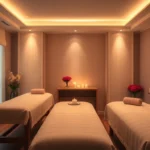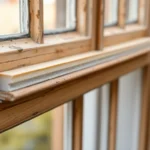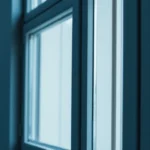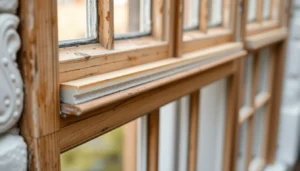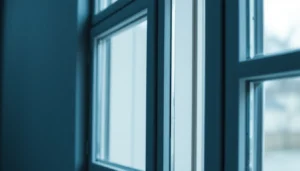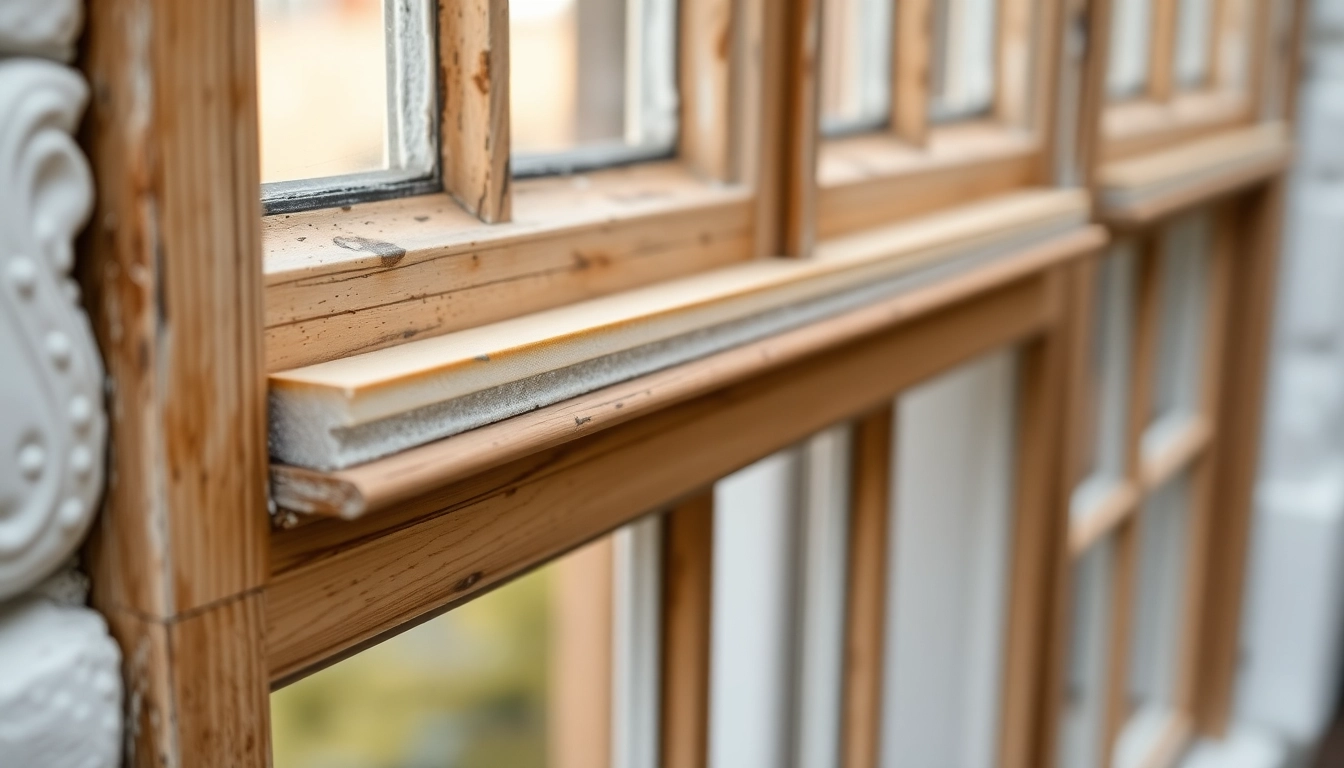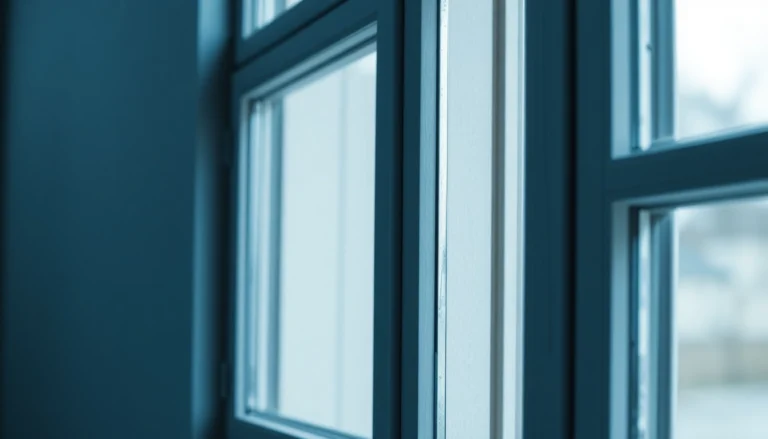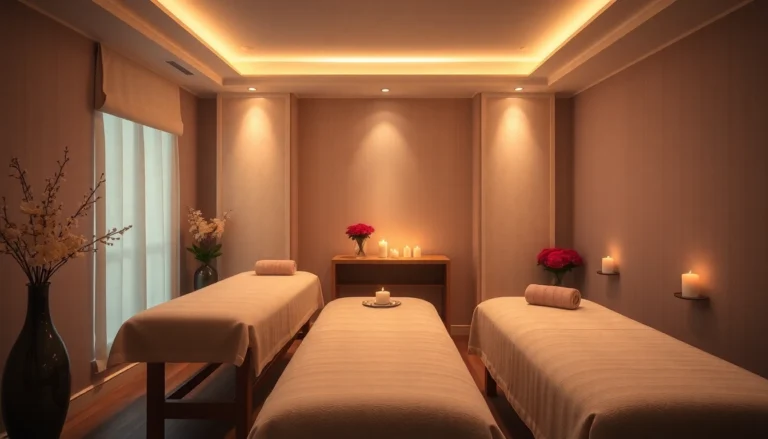Understanding Noise Pollution and Sash Windows
The Impact of External Noise on Home Comfort
In today’s urban environments, external noise pollution has become an unavoidable aspect of daily life. From traffic, aircraft, and construction to bustling neighborhoods, noise can significantly diminish the comfort, tranquility, and even health of residents. Long-term exposure to high noise levels is linked to increased stress, sleep disturbances, decreased concentration, and overall diminished quality of life. For homeowners seeking refuge within their sanctuary, reducing external noise infiltration is a top priority.
One of the most effective ways to improve home comfort and create a peaceful living space is through the enhancement of sash window noise insulation. Sash windows, known for their classic aesthetic and functionality, are often a focal point of both heritage preservation and modern renovation schemes. However, their design can sometimes be a double-edged sword when it comes to soundproofing, especially in noisy environments.
Achieving an optimal balance between maintaining the traditional charm of sash windows and ensuring effective noise reduction involves understanding the unique challenges these windows present, and leveraging tailored solutions. For more insights into how to manage noise issues with sash windows, learn about Noise reduction for sash windows.
How Sash Windows Pack in Noise Challenges
Sash windows are characterized by their vertically sliding panels, multiple sashes, and often intricate timber frames. While these features contribute to their aesthetic appeal and historical value, they can inadvertently create challenges for noise insulation. Gaps, worn seals, and the nature of materials used can provide pathways for sound waves to penetrate into the indoor environment.
Traditional timber sash windows are prone to developing gaps over time due to weathering, warping, or poor maintenance. These gaps are the main culprits in letting external noise into the home. Furthermore, the dual-glazing in older sash windows often lacks acoustic properties, making them less effective at filtering noise compared to modern double or triple-glazed units.
Additionally, the thinness of timber frames and their potential for vibration can amplify sound transmission. When combined with external sources such as busy roads or aircraft flight paths, these factors result in a significant reduction in indoor tranquility. Recognizing these challenges is the first step towards implementing effective soundproofing solutions.
Common Noise Reduction Goals for Sash Windows
Homeowners and property managers typically aim for specific noise reduction goals to counteract external disturbances effectively. These goals include:
- Decibel Reduction Targets: Achieving measurable reductions, commonly up to 45dB or more, to maintain acceptable indoor sound levels.
- Enhanced Acoustic Privacy: To prevent noise from neighboring properties or busy streets from audible infiltration.
- Maintaining Architectural Integrity: Ensuring that soundproofing solutions respect the aesthetic and historical value of sash windows.
- Thermal Insulation Improvement: Many soundproofing methods also contribute to better thermal performance, reducing drafts and energy costs.
Balancing these goals requires a comprehensive understanding of available techniques and materials to achieve optimal sound insulation without compromising the windows’ aesthetic or functionality.
Key Methods to Improve Noise Reduction for Sash Windows
Secondary Glazing: An Effective Barrier
Secondary glazing involves installing a second pane of glass or acrylic on the interior side of existing sash windows. This method creates an additional buffer, significantly reducing the amount of sound that passes through. Unlike replacing the entire window, secondary glazing preserves the original sash while upgrading its acoustic performance.
Typically, secondary glazing can achieve noise reductions of up to 70%, positioning it as one of the most effective and non-intrusive solutions. Modern secondary glazed units can be custom-made for sash windows, using acoustic-grade glass and airtight seals to maximize soundproofing while maintaining the window’s visual appeal.
Implementation steps include measuring the sash frame accurately, selecting high-quality acoustic glass, and sealing the unit with acoustic-grade sealing materials. For homeowners seeking expert guidance, consulting specialists who understand the nuances of sash window enhancement is advisable.
Sealing and Draftproofing Strategies for Better Sound Insulation
Proper sealing is fundamental to preventing sound transmission through gaps and cracks in sash windows. Draftproofing methods involve applying weatherstripping, compression seals, or draft excluders to key areas such as the meeting rails, sash edges, and frames.
Compression seals, in particular, offer a soft, dense barrier that seals the gap when the sash is closed, providing both acoustic and thermal benefits. Regular inspection and maintenance of seals ensure they remain effective over time, preventing sound leaks and improving overall window performance.
Additional tips include using acoustic curtains or heavy drapes, which absorb sound waves before they enter the room. Implementing a layered approach—combining sealing with other soundproofing measures—can significantly enhance noise reduction results.
Upgrading to Acoustic Glass for Superior Noise Control
Acoustic glass, designed explicitly for noise reduction, contains multiple laminated panes with a damping interlayer that significantly diminishes sound transmission. Incorporating acoustic glass into sash windows elevates their ability to block external noises, often achieving reductions exceeding 45dB.
While heavier than standard glazing, modern acoustic glass can be engineered to fit within the sash frame without compromising the window’s operation, especially when installed with reinforced or carefully designed hardware.
Experts recommend pairing acoustic glass with secondary glazing or sealing strategies to maximize noise attenuation. Additionally, selecting high-performance glazing units can lead to improved energy efficiency, ensuring a quieter, more comfortable environment.
Choosing the Right Noise Reduction Features
Types of Acoustic Glazing and Their Benefits
Acoustic glazing comes in various configurations, each suited to specific noise environments and aesthetic preferences:
- Double-Glazed Acoustic Windows: Consist of two panes of glass with an air or gas-filled cavity; effective for moderate to high noise environments.
- Triple-Glazed Windows: Feature three panes for maximum sound insulation and energy efficiency, suitable for areas with severe noise pollution.
- Laminated Acoustic Glass: Incorporates a polymer interlayer for superior damping of sound vibrations, ideal for critical acoustic environments.
Choosing the appropriate type depends on the noise level, structural considerations, budget, and architectural constraints.
High-Performance Timber and uPVC Sash Windows
Modern manufacturing techniques have enabled the development of high-performance sash window systems utilizing advanced timber composites and uPVC profiles. These materials provide excellent insulation properties, durability, and ease of maintenance, all while maintaining traditional aesthetics.
High-performance timber sash windows often feature enhanced seals and thicker glazing panes, delivering superior soundproofing—up to 45dB or more—when combined with acoustic glazing and other treatments. Similarly, uPVC sash windows can incorporate multi-chamber profiles and acoustically optimized glass for a cost-effective, low-maintenance solution.
Investing in high-quality materials ensures long-term performance, reduced operational costs, and sustained noise reduction benefits.
Additional Soundproofing Accessories and Insulation Materials
Beyond glass and seals, various accessories can improve noise insulation:
- Mass-Loaded Vinyl (MLV): Applied behind the sash or as part of custom inserts to add mass and dampen sound vibrations.
- Acoustic Caulk: Seals gaps and cracks around the frame, ensuring airtight and soundproofed installations.
- Soundproof Windows Inserts: Removable panels that can be added temporarily or permanently to enhance soundproofing without modifying the original windows.
- Acoustic Panels and Curtains: Absorb and block residual noise, especially effective in rooms with large glass surfaces.
Combining these components with primary upgrades yields the best performance in high-noise environments.
Installation Best Practices and Expert Tips
Professional vs. DIY Soundproofing Solutions
While DIY solutions such as sealing gaps with foam tape or adding heavy curtains are accessible and cost-effective, professional installation ensures optimal performance and longevity. Certified specialists possess the technical expertise to accurately measure, select high-quality materials, and execute complex procedures like installing acoustic glass or secondary glazing units.
Professional installers also consider structural factors, such as frame reinforcement and hardware compatibility, minimizing risks of damage or failure. For best results, especially in heritage-listed buildings or when high decibel reduction is required, engaging experienced professionals is advisable.
Maintaining and Enhancing Noise Reduction Over Time
Soundproofing is an ongoing process. Regular inspections of seals, hardware, and glazing integrity are necessary. Replacing worn seals, tightening hardware, and updating glazing to newer acoustic standards can sustain or improve performance.
In addition, environmental factors like weather and pollution may degrade materials; routine maintenance ensures durability. Employing adaptive solutions, like adding retractable acoustic curtains or window inserts during peak noise times, can further bolster ongoing noise mitigation efforts.
Cost-Effective Strategies for Long-Term Peace
To balance budget constraints with effective noise reduction, consider phased improvements. Begin with sealing and draft-proofing, followed by upgrading to secondary glazing or acoustic glass as resources allow. Combining these approaches offers significant noise attenuation at manageable costs.
Opting for high-quality, durable materials reduces the need for frequent replacements, providing long-term value. Furthermore, investing in windows with excellent thermal performance also reduces energy costs, making such upgrades doubly advantageous.
Measuring and Assessing Noise Reduction Performance
Decibel Reduction Metrics for Sash Windows
Understanding the effectiveness of soundproofing interventions requires familiarity with decibel (dB) measurements. Typical sash windows without modifications offer only minimal noise reduction, often around 10-15dB. High-quality upgrades, such as acoustic glazing combined with secondary glazing and seals, can achieve reductions of 45dB or higher.
Specialist tests use instrumentation to quantify noise levels before and after upgrades, providing objective data to assess success. Targeting specific dB reductions ensures that solutions are aligned with environmental noise levels and occupant comfort requirements.
Monitoring Noise Levels Before and After Improvements
Accurate assessment involves deploying sound level meters to record ambient noise at various times of day and in different weather conditions. Comparing these measurements pre- and post-installation offers tangible proof of performance enhancements.
Maintaining logs helps identify remaining sources of noise leakage and guides further improvements. Many professionals recommend regular monitoring to ensure that noise attenuation stays within desired parameters over the lifespan of the solutions.
Ensuring Longevity and Effectiveness of Upgrades
The durability of soundproofing measures depends on quality installation, appropriate materials, and ongoing maintenance.UV exposure, weather, and usage can degrade seals and hardware, diminishing effectiveness over time.
Scheduled inspections and timely repairs are essential for maintaining peak performance. Upgrading hardware, recalibrating seals, and replacing aging acoustic components help preserve the noise reduction benefits for decades.

